This is a summary post for the hunting season by state in the US. The guide will be updated frequently as long as there are any changes in the dates and regulations. Follow our guide to know when to prepare for your hunting trip each year.
Hunting Season By State In The US
Hunting seasons vary in different states each year and the data in this post will be updated at the same time when there are any new changes.
The US Hunting seasons are divided into 10 federal regions. Now let’s check each region and find the detailed hunting seasons and rules for each specific state you are hunting in.
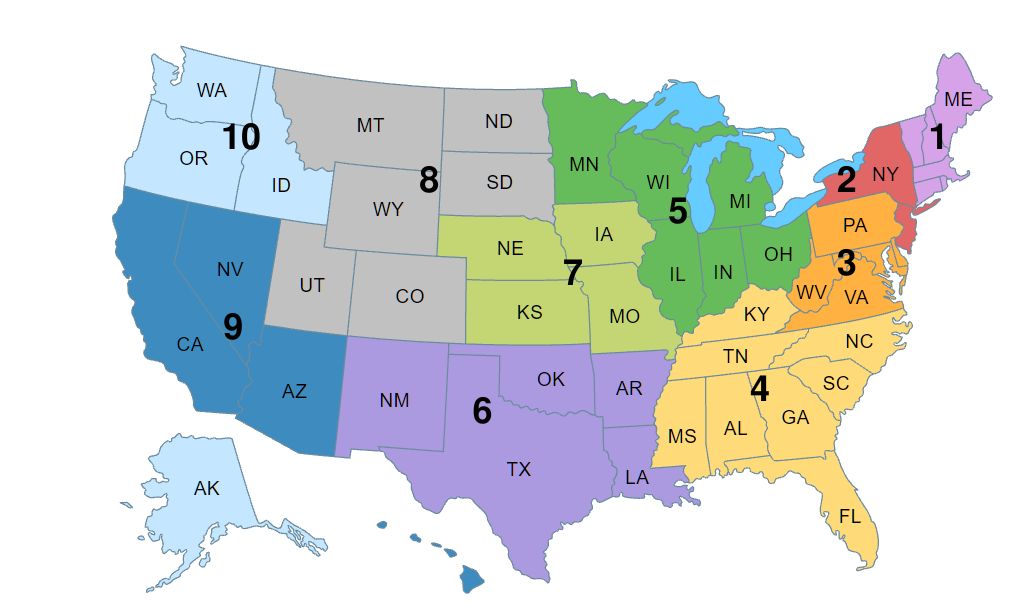
STANDARD FEDERAL REGION [2]
STANDARD FEDERAL REGION [3]
STANDARD FEDERAL REGION [6]
STANDARD FEDERAL REGION [7]
STANDARD FEDERAL REGION [9]
STANDARD FEDERAL REGION [10]
What Is The Hunting Season Right Now?
If you ask: ” When does hunting season start and end?”, then there is no specific answer. Actually, you can hunt all year round because there are always specific animals you can hunt each month.
The hunting season can differ greatly based on the region and the type of game. Nevertheless, here is an overall breakdown for hunting season by month for your reference.
- January – February: Duck, squirrels, rabbits, wild hogs, coyotes, beavers and bobcats
- March – May: Turkey and black bear
- June – August: Pronghorn antelope
- September – October – November: Waterfowl, deer, moose, elk, and wild birds
- December: Deer
The best time for hunting small game like squirrels and rabbits is from January to February. In many states, wild hogs and coyotes can be hunted throughout the entire year. The trapping seasons for animals such as beavers, bobcats, and otters typically reach until March.
During the Spring months, specifically from March to May, it is the time for hunting turkeys. Because of the mating seasons, turkeys are especially active in these months. During this time, some states also offer a hunting season for black bears in the Spring.
Typically, June, July, and August are usually a peaceful time for hunting. Hunting seasons are restricted, as this is the time when animals are birthing and caring for their offspring. Nevertheless, in August, a few states still provide early seasons for specific games like pronghorn antelope.
As the weather becomes cooler in September and October, hunting seasons for deer, moose, and elk typically begin now, followed by gun seasons in November. This is also the Fall hunting season for game birds, including wild turkeys.
In many regions, late deer hunting seasons are available in December with the purpose of managing the deer population. You will also find hunting seasons for different game birds like pheasant and quail.
Please be aware that hunting seasons may differ by state, so it’s important to always check local regulations before going hunting.
Why Hunting Seasons Are Regulated?
Regulated hunting seasons are important for wildlife conservation. Wildlife Development and Management Departments set limits on specific dates for hunting to keep the animal populations healthy and stable and ensure hunting pressure stays within the ecosystem’s sustainable carrying capacity.
Regulated seasons help protect animals that are in danger of becoming extinct or having very low numbers. Restricting hunting during certain times gives these at-risk animals a better chance to survive and reproduce.
Hunting regulations promote ethical and responsible hunting. The rules and limits set for hunting seasons make sure that hunters do not hunt unfairly or take too many animals. This helps the public feel better about hunting as a way to manage wildlife.
These rules also help maintain the overall balance of the ecosystem. Controlling the hunting of certain animals prevents overpopulation, which can damage the natural environment. Overall, regulated hunting seasons are important for managing, protecting, and maintaining healthy wild animal populations.
All in all, regulated hunting seasons allow hunters to enjoy this old traditional activity while ensuring the preservation of wildlife populations and protecting the environment.
Hunting Terms Explanations
There are many hunting terminologies involved in hunting activities. Here we will provide clear and brief explanations for some common hunting terms. Whether you are an experienced hunter or a new hunter looking to understand the terminology, the following guide may help you.
- Hunting Season: Specific time of the year when it is legally permitted to hunt certain game animals.
- Bag Limits: Maximum number of a specific game animal that a hunter is allowed to take or “bag” during a given period, such as a day.
- Possession Limits: The maximum number of a specific game animal that a hunter is allowed to have in their possession at any given time.
- Harvest: Refers to the act of successfully hunting and taking possession of a game animal.
- Buck: A mature male deer.
- Button Buck: A young male deer that only has small button-like antlers.
- Doe: A female deer.
- Fawn: A young deer.
- Antler: The horns of a deer.
- Antlerless: game animals that do not have antlers, such as female deer (does) or young deer (fawns).
- Archery: Hunting with a bow and arrow.
- Muzzleloader: A type of firearm that is loaded from the muzzle of the gun, rather than the rear of the barrel.
- Binos: A slang term for binoculars.
- Blind: A concealed tent used by hunters for observing and shooting animals.
- Archery: Hunting using a bow and arrow.
- Gobbler: A male turkey with a fully developed beard and spurs.
- Hen: A female turkey.
- Poult: A young turkey, typically a chick or juvenile.
- Roosting: The act of turkeys settling into trees or other elevated structures to sleep at night.
- Rut: the breeding season of certain game animals, particularly deer and elk.
- Tree Stand: A platform placed in a tree to give hunters an elevated position.
- Trophy: A deer with large or unique antlers, often kept as a memento.
- Winded: When game animals catch the scent of the hunter and runoff.
- Glassing: Using binoculars to scan the landscape for the game.
- Spike: A young deer with unbranched antlers.
- Trail Cam: A camera used to monitor wildlife activity, often set up along trails or near feeding areas.
- Banded: A bird that has been marked by biologists for tracking and research.
- Decoy Spread: The arrangement of decoys to attract game birds.
The hunting seasons are changed each year. We are updating the post regularly. Follow us and check the latest updates on the dates and rules.


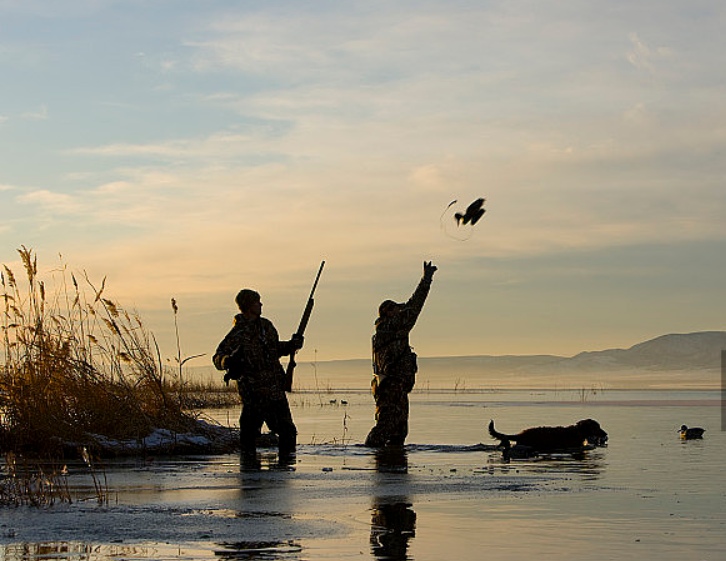





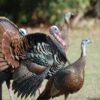
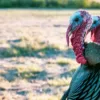
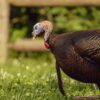
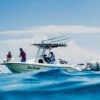
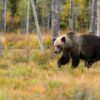








2 comments on “2025 US Hunting Season Schedules For 50 States”
X22hit
Hey people!!!!!
Good mood and good luck to everyone!!!!!
Alex
I had no idea that different states have different hunting seasons. I’ve been so focused on getting through my shooting school lessons that I haven’t even thought about when and where for my first out of state trip. So glad I saw this before I started doing too much research into one particular area! Thanks for sharing!